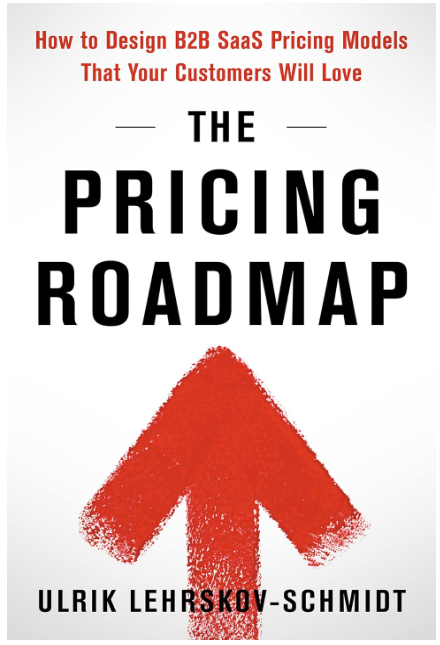Psychology of Pricing: Understand How Your Customer's Mind Works
 PriceBeam
·
2 minute read
PriceBeam
·
2 minute read
Every time we make a purchase decision we invoke the psychology of pricing. The price of your product or service is the most powerful and the most effective marketing message about the quality and the benefit provided. If the price is too low, prospective customers will believe that the quality and benefit will be missing, if it is too high, higher than those prospective customers expect, or higher than alternatives, they will not buy. From this also follows that the lower the price, more and more prospects will think your product or service is too cheap, and the higher the price, more and more of your prospects would think it is too expensive.
Consequently, to maximize your market share, there is only one right price. The price where the maximum number of prospective customers think they can afford your product or service, and where the minimum of prospective customers say the price is too low, and therefore they doubt the quality and benefit of your product or service.
But the price that maximize market share is rarely the same price that will give you the highest revenue. The price that provides the highest revenue is almost always higher than the price that gives you the highest market share.
This means that once you know what price give the highest market share and the price that gives you the highest revenue, you can decide which price is the right price for your particular circumstance. Do you want to maximize your market share, or do you want to trade of some market share in favor of higher revenue? If you have a portfolio of related products or services, you may want to have some of your products or services priced to generate the highest market share, and others priced to generate the highest revenue.
But your product or service does not exist in a vacuum. There are always alternatives, one being not to purchase at all. And we all live in a world of numbers, we compare number and we set ourselves references when we look at different numbers. And price is a number. The result of all of this is that there are price points where a small price change may affect market share and revenue very substantially. These are the Price Cliffs. They are really dangerous because if you price just a tiny bit on the wrong side, you may well miss out of more than half your revenue.
A Price Cliff can be positive or negative. A positive Price Cliff means that if you increase the price, your market share and revenue will also increase. A negative price cliff means that if you increase the price, market share and revenue will drop. Dramatically.
And this is what PriceBeam is all about. It is to identify at what price point you will gain the highest market share and at what price point you will gain the highest revenue. To identify where those dangerous Price Cliffs are.
Armed with this data, setting the Right Price for your product or service is really easy. Because now you can base your decision on hard data. You don’t have to worry that you are leaving money on the table, or that your sales volume and market share are not maximized.
.png?width=400&height=100&name=PBLogoTransparent%20(1).png)




